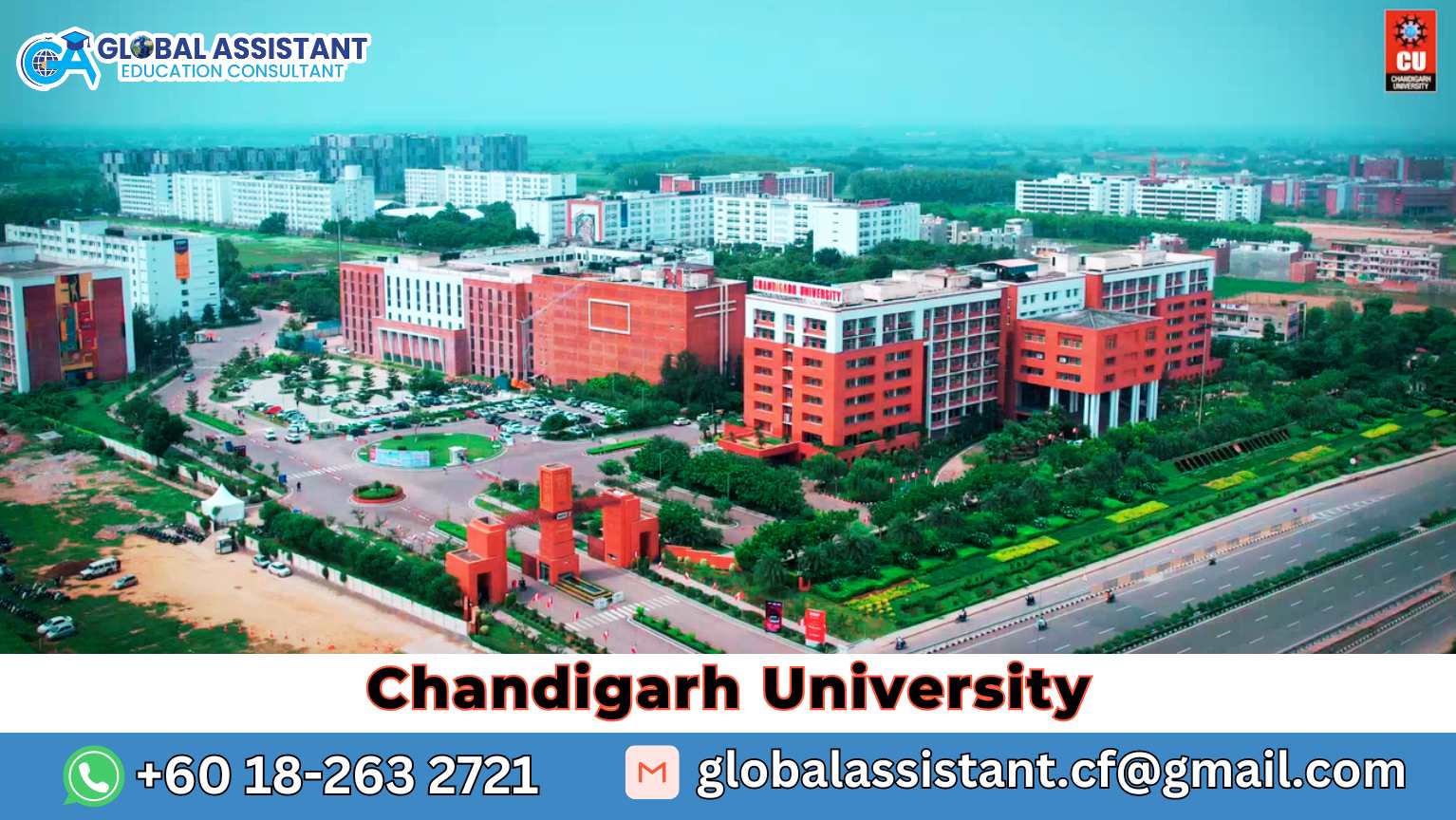Disaster Management in Bangladesh Committee Recommendations
Disaster Management in Bangladesh Committee Recommendation. Disaster Management Regulatory Framework and Committee in Bangladesh and also Recommendation to Make Committee More Functional.
Natural Disaster in Bangladesh
Natural disasters are a widespread phenomenon in Bangladesh due to being located in vulnerable areas. Every year huge properties are getting damaged, and many people are killed. The most common disasters in Bangladesh are riverbank erosion, floods, earthquake, drought, cyclones, storm surge, salinity intrusion, fire, and tsunami. However, cyclones and floods especially caused extensive damages in Bangladesh. Based on the Ministry of disaster management recommendations in Bangladesh, nongovernment agencies, and researchers, some disaster management regulatory frameworks have been formulated to mitigate the disaster risk. The list of the main disaster management regulatory framework in Bangladesh has been outlined in this article. Apart from that, the local and national levels of the disaster management committee presented. Finally, I have proposed some strategies for the ward and union committee that will definitely assist in mitigating the hazards.
Nine Natural Causes of Climate Change
Disaster management regulatory framework in Bangladesh
The disaster management regulatory framework provides a relevant policy, legislative, and best practice to reduce actual damage from hazards (Wisner, Gaillard, & Kelman, 2012). Many researchers have proposed multiple frameworks to mitigate the hazards in Bangladesh. Nowadays, communication plays an important role in hazard mitigation. Therefore scholars emphasize social media-based communication to accelerate the recovery process (Kobirruzzaman, 2021). Bangladesh is a very vulnerable country to natural disasters globally. To mitigate the damage of the disaster in Bangladesh, many regulatory frameworks have been postulated based on different viewpoints. The author discusses the regulatory framework of disaster management in Bangladesh, the disaster management committee at the local and national level in Bangladesh, and finally, suggesting some recommendations for union and ward disaster management committees to mitigate the risks.
List of the regulatory framework in Bangladesh.
According to Standing Orders on Disaster 2019, the regulatory framework includes the following Act, policies, and plans.
- Disaster Management Act.
- National Disaster Management Policy.
- Disaster Management Plans.
- Standing Orders on Disaster.
According to Standing Orders on Disaster 2019, the Disaster Management committee at the local and national level plans and take necessary measures to actualize the plan effectively. The Ministry, department, and agencies set the regulatory framework to instruct the local and national committee. The duty of the national and local committee is assigned through Standing Orders on Disaster 2019. Standing Orders on Disaster 2019 is a complete document that indicates the role of each level of committee before, during, and after a disaster.
Disaster Risk Management Committee at the National Level
- National Disaster Management Council (NDMC)
- Inter-Ministerial Disaster Management Coordination Committee(IMDMCC)
- National Disaster Management Advisory Committee.
- Earthquake Preparedness and Awareness Building Committee.
- Chemical Disaster Management and Awareness Raising Committee.
- National Platform for Disaster Risk Reduction (NPDRR).
- National Disaster Response Coordination Group (NDRCG).
- Cyclone Preparedness Programme Policy Committee.
- Cyclone Preparedness Programme Implementation Board.
- Disaster Warning Message and Determining Strategy.
- Focal Point Operational Coordination Group (FPOCG) Committee.
- NGO Coordination Committee for Disaster Management.
- Disaster Management Training and Mass Awareness Taskforce.
- Fire Risk Management Committee.
- Committee for Disaster Damage and Needs Assessment.
- Forecast-Based Financing/Action (FbF/A) Taskforce and so more.
Disaster Management Committees at the Local Level
- City Corporation Disaster Management Committee.
- Divisional Disaster Management Committee.
- District Disaster Management Committee.
- Upazila Disaster Management Committee.
- Municipal Disaster Management Committee.
- Union Parishad Ward Disaster Management Committee.
- Local Level Disaster Response Coordination Group.
- City Corporation Ward Disaster Response Coordination Group.
- District Disaster Response Coordination Group.
- Upazila Disaster Response Coordination Group.
- Pourashava Ward Disaster Response Coordination Group and so more.
Make Disaster Management Committees More Functional
Every Union and ward will have to prepare a ‘Union Disaster Risk Management Plan (UDMP). The Union Disaster Management Committee will formulate the policy, including Risk Reduction Action Plan and Contingency Plans. Finally, the plan will be developed and implemented by the people of all spheres of society.
The duties and responsibilities of the ward and union committee have to be distributed before natural disasters. The most common duties are safe evacuation, first aid treatment, shelter management and distribution of humanitarian aid, dead body management and removal of debris, safety and security, and so more.
Five Recommendations to Make Committee More Functional
Based on the previous study, the author provides some suggestions to make the Union and ward disaster management committee more functional to mitigate the damages, such as involving all agencies in the committee, ensuring effective communication among agencies, adding a variety of people to the committee, dividing task among committee members and educating members via the campaign.
-
Involving all agencies in the committee
Firstly, we have to focus on the involvement of both government and non-government agencies in the union and ward disaster management committee. The combination of the Ministry and NGOs can work better to reduce the risk of natural disasters.
2. Ensuring effective communication among agencies
Secondly, It is imperative to ensure an effective communication process among agencies before, during, and after the disaster. Effective communication can reduce the hazards by providing real-time information to take steps by the agencies. According to Kobiruzzaman (2021), the most important three forms of communication are the interaction between agency to the agency (called A – A interaction), the interaction between agency to the Community (called A-C interaction), and the interaction between Community to the Community (called, C – C interaction).
Here, communication between agency to agency takes place to share information. They take precautions and provide instant instructions based on discussion between agencies. Agency to community communication occurs when the agency provides instruction to the ward and union committee. Finally, community interaction plays an important role in rescuing people from affected areas and sending relief. To prevent huge damages, the committee needs to distribute dos and don’t message to lose fishery assets from the coming disaster.
3. Adding a variety of people to the committee
Additionally, adding a variety of people to the committee may accelerate the process of mitigating hazards. The union and ward committee has to be formulated based on the task distributed among them. Many factors need to focus on while forming the committee, such as zone, gender of the members, ethnicity, political and religious factors. For example, the information disseminated by the gatekeeper is always actively accepted by the audiences. According to the two-step flow theory, people will believe the information and follow the instruction if they get information from social, political, or religious leaders. So, we must add people from all walks of life to the ward and union committee to ensure effective performance.
4. Dividing tasks among committee members
Additionally, we have to divide the task among committee members based 0n their demographic, geographic, and psychographic factors. For example, if you want to motivate the young generation, you have to focus on psychographic factors such as values, beliefs, behaviors, and attitudes. You may assign youth to the recovery committee. On the other hand, the senior citizen might help the committee by sharing previous experiences. So, we need to include them in the committee for better performance.
5. Educating members via the campaign
Finally, educating members via campaign will play an essential role in making committee members more effective in hazard mitigation. Therefore, a team needs to be set to educate the ward and Union committee members by training. However, proper planning can reduce the damages extremely. Finally, the disaster management committee has to be accountable for the plan’s planning, implementation, and evaluation of the consequences.
Conclusion
This article represents the list of the main disaster management regulatory framework in Bangladesh, the local and national level of the disaster management committee, and finally, proposed some strategies for the ward and union committee that will definitely assist in mitigating the hazards. The five strategies for the ward and union committee are involving all agencies in the committee, ensuring effective communication among agencies, adding a variety of people to the committee, dividing tasks among committee members also educating members via the campaign.
References
Kobiruzzaman, M. M. (2021). Role of Social Media in Disaster Management in Bangladesh Towards the COVID-19 Pandemic: A Critical Review and Directions. International Journal of Education and Knowledge Management (IJEKM) 4(2), 1-14. https://doi.org/10.37227/IJEKM-2021-03-39




